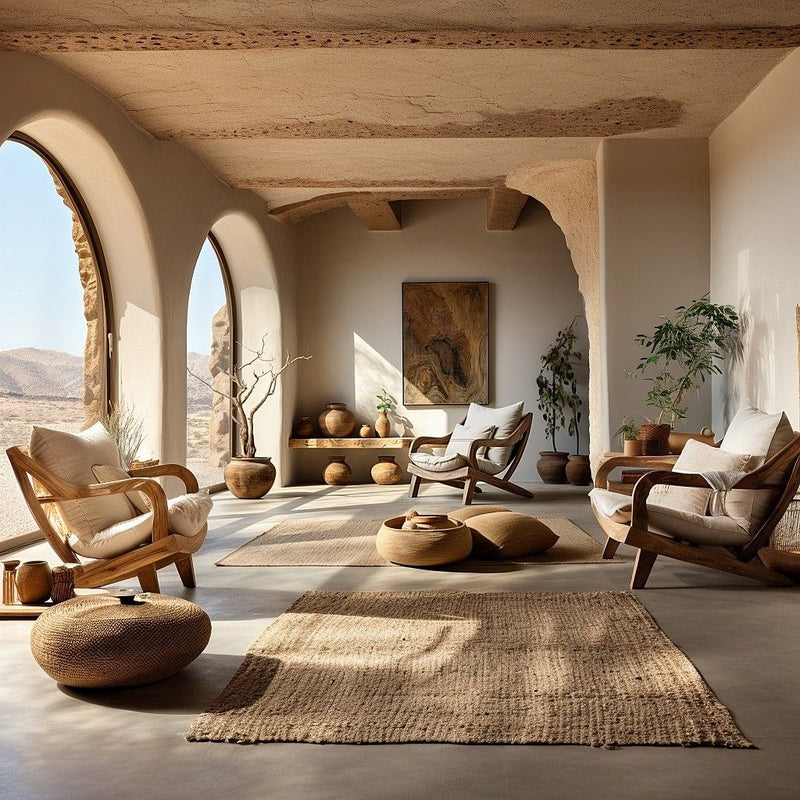Lighting has evolved far beyond its traditional purpose of illuminating spaces. Today, it is a key element in interior and architectural design, merging functionality with artistry to create dynamic environments. As technology and design continue to intersect, lighting is reshaping the way we experience and interact with our surroundings.

Smart Lighting: The Revolution at Home
The integration of smart technology into lighting systems has transformed homes into adaptive, efficient spaces. With voice-activated controls, automated dimming, and color-changing LEDs, smart lighting is no longer a luxury—it’s a modern necessity. These systems enhance convenience, energy efficiency, and personalization, allowing homeowners to tailor lighting to their moods and activities.
Sculptural Lighting: Merging Form and Function
Lighting fixtures have become statement pieces that double as works of art. Sculptural designs like Tom Dixon’s Melt Lights or the ethereal creations of Moooi blur the line between utility and decoration. These pieces not only illuminate but also serve as focal points, elevating the aesthetic of any room.

Sustainability in Lighting Design
As the world moves toward eco-conscious living, lighting design is embracing sustainability:
- Energy Efficiency: LED lighting has become a standard, consuming up to 80% less energy than traditional bulbs.
- Recycled Materials: Designers are incorporating reclaimed wood, glass, and metals into their fixtures.
- Longevity: High-quality lighting reduces waste by lasting significantly longer than conventional options.
Innovative Materials and Techniques
The future of lighting lies in experimentation with materials and fabrication techniques. From 3D-printed fixtures to bioluminescent designs powered by algae, the possibilities are endless. These innovations not only expand creative horizons but also offer sustainable alternatives to traditional manufacturing.
Lighting and Wellness
Lighting plays a crucial role in influencing mood, productivity, and overall well-being. Circadian lighting systems, which mimic natural daylight cycles, are being integrated into homes and workplaces to enhance mental and physical health. These systems promote better sleep, increased focus, and reduced stress.

What’s Next for Lighting Design?
As AI and IoT (Internet of Things) continue to evolve, the future of lighting looks even brighter. Imagine systems that adjust automatically based on your schedule, weather, or even your emotional state. This blend of technology and design ensures that lighting remains a central element in creating functional, beautiful, and adaptive spaces.
The future of lighting design is a testament to the power of innovation. By combining art, technology, and sustainability, lighting continues to redefine how we live and interact with the world around us. As both a functional necessity and a medium for creativity, lighting truly embodies the spirit of modern design.








